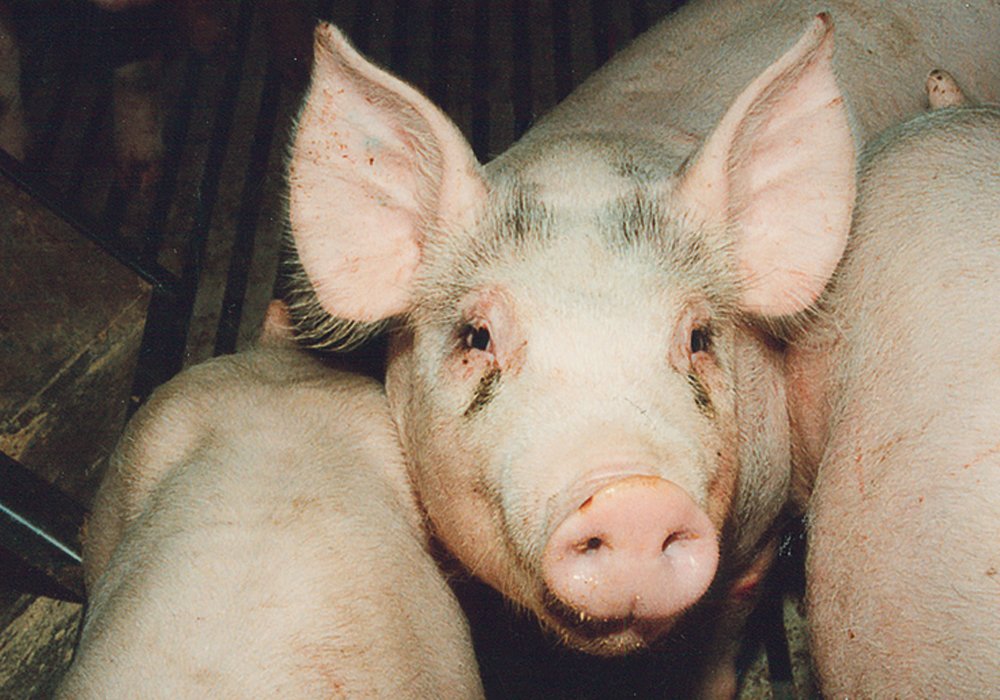U.S. government researchers are working on a vaccine for African swine fever.
Scientists at the U.S. Department of Agriculture’s Plum Island Animal Disease Center in Long Island, New York, say they are close to developing a vaccine that appears promising. It is still in the testing phases but what is most promising is that both high and low doses of the vaccine were 100 percent effective against ASF when pigs were exposed to the virus 28 days after being vaccinated.
The research was motivated by an outbreak of the virus in the Republic of Georgia in 2007, long before the recent outbreak in China and other parts of the world that has decimated hog herds.
Read Also

Grain farming’s hard times expected to continue
Rabobank says it will be two more years before North American grain farmers achieve break-even due to “monster” supplies and “sticky” crop input prices.
“This was the first outbreak in recent history outside of Africa and Sardinia where swine fever is endemic, and this particular strain has been highly lethal and highly contagious, spreading quickly to neighbouring countries,” said Douglas Gladue, a senior scientist with the USDA.
Disease symptoms include a high fever, loss of appetite with extremities turning blueish and hemorrhages appearing on animals’ ears and abdomen. The fever can lead to shivering, abnormal breathing and coughing. Pigs can enter a comatose state and then die. Spontaneous abortions occur in pregnant sows.
“The current outbreak strain that started in Georgia in 2007 (known as ASFV-G, the G for Georgia) is 99 percent identical to all sequenced strains in Europe and Asia,” said Gladue.
“However, there are over 20 genotypes of ASFV that have been historically identified. Under experimental conditions, ASFV-G is 100 percent lethal to domestic swine.”
He said that the exact circulating strains of ASF in Africa are not completely known.
“There are currently genotypes that are different from the circulating strain in Europe/Asia that have been reported.”
The first recorded outbreak is reportedly to have occurred in 1907 after it was described in 1921 in Kenya. The disease remained confined to Africa until 1957 when it was reported in Lisbon, Portugal, and then spread around the Iberian Peninsula. During the 1980s, there were sporadic outbreaks in France, Belgium and other European countries. By the mid-1990s, Portugal and Spain had eradicated the disease through slaughter policies.
The World Organization for Animal Health says ASF affects both domestic and wild pigs and can be spread not only by live or dead pigs and pork products but also by contaminated feed, shoes, clothing, utensils and equipment due to the virus’s high environmental resistance.
Wild boar population density and their interaction with low biosecurity pig farms appear to be a driver of the disease. African swine fever is different from classical swine fever (or hog cholera), which is caused by a different virus. Confirmation of ASF must be done by lab analysis.
To be sure that a vaccine is effective, it must be derived from the current outbreak strain, in this case ASFV-G.
The scientists knew that there was very little cross-protection between different strains of ASF, most likely because their antigens and their degrees of virulence differed among them. They needed to develop a whole virus vaccine, and that process would need to involve deleting virulence genes.
Studies show that ASFV-G was much more aggressive than historical isolates because it appeared to have a higher level of virulence. The researchers’ focus was on a specific genetic target, and they located a previously uncharacterized gene, I177L.
“We used computer prediction models to identify the function of the protein by sequence and structural comparisons,” said Gladue.
“Il77L is a previously uncharacterized gene of unknown function in ASFV. By our computational pipeline, we identified I177L as having a predicted function that was likely involved in virulence.”
Their published report in the American Society for Microbiology’s Journal of Virology said the protein could interfere with the immune system of the pig, but when that gene was deleted the impact of the virus was attenuated.
“The exact mechanisms (as to how the protein interferes with the pig’s immune system) are unknown and we are currently doing studies to determine this. No one knows why different isolates of ASFV have different outcomes of the disease.”
He said the vaccine has been tested under specific experimental conditions. Further testing under different conditions and a commercial partner will be needed to advance the development and eventual production of the vaccine.















